For my column this week, we’re going to showcase the work of two international publishers. Those two publishers have much in common despite their different geographic location. They’re both committed to expanding the medium of comics, working with varied artists and allowing to create the phenomenal work they wish to make.
Peow Studios is a Sweden comic book publishers that began as a riso printing shop back in 2012. They’ve been making comics with a wide-range of very interesting artists since then. Their comics are distributed around the world in better (or more specialized) comic book shops. Each of their book has been a delight though. We’ll be looking at two of their latest graphic novel; Rule Break by Anna Syvertsson and Salmon, Run by Mackenzie Schubert
Pow Pow Press is a Montreal-based bilingual publisher. They’ve be been publishing graphic novels in French since 2010 and in English since 2015. Their output has been stellar since their inception with many of their books being nominated for various awards, including the Shusters and the Bédélys. We’ll be looking at four of their latest graphic novels, two in English and two in French. Don’t worry, the French books are also available in English from different publishers and I’ll link to those as well. The French versions do highlight some interesting elements to point out or that are different from their original English version, so we’ll still take a look at those.
—
Rule Break, by Anna Syvertson (Peow Studios)
Rule Break is an autobiographical comedy by Anna Syvertsson. It is a series of vignettes that depicts various moments in the cartoonist’s life, whether it’s with her cat, with her friends or during a sports event. Rule Break works really well because of Syvertsson’s comedic flair. Comedy is subjective, but I find that there is a universality in the language of comedy and Syvertsson captures it perfectly in this book. She finds herself confronted with situations, whether outlandish, awkward or worse, completely normal and she reacts to them with a light sense of humour and quick repartee. This makes for hilarious interaction or situational dialog that makes the story well worth reading. It captures the pleasure of coming up with a good joke when someone says something weird to you. Making a nice comeback feels great and Syvertsson captures this moment perfectly.
Syvertsson’s art is quirky and charming. Particularly appealing was the colour of the comic. A light yellow, orange and red and light purple is used throughout gives the book a very unique look. The looseness in the page layout helps Syvertsson pace each story in different ways and allow for her punchlines and comedy to flow more naturally. The way she draws herself reminded me a bit of the way Julia Wertz draws herself in her books, distinct from what they look like in real life. This allows the cartoonist to appear in their own book while still distancing themselves from their story in a way and making themselves targets for comedy. It’s an interesting approach. Rule Break is a really funny graphic novel and a fantastic light summer read.
—
Salmon, Run, by Mackenzie Schubert (Peow Studio)
My biggest complaint about Mackenzie Schubert’s Salmon, Run is that it’s too short. Schubert creates a riveting adventure story with compelling characters, a fascinating universe with credible threats and very interesting world, but it’s over before you know it. We follow the story of Mira and Alvin, two orphan siblings as they try to survive in a harsh post-apocalyptic world. An army of shapeshifters is hiding among the salmon migration and are stealing the villagers from the banks of the river to grow their own ranks. The shapeshifters are growing ever more fierce and after Alvin is kidnapped, Mira goes on a quest to save him. Her adventure will take her to the very source of the shapeshifters land as she attempts to save her family.
Salmon, Run is a tremendous work and I couldn’t recommend it more. I’m coming back to my main complaint. It’s too short and I felt it was a detriment to the story. Schubert is doing a lot of world building and the story moves at a breakneck speed to get us from beginning to end, but it doesn’t feel like the story has any time to breathe. It feels like a misstep in such a good story. The world Schubert built is extraordinary and selfishly, I didn’t want my reading experience to end so soon. In spite of my displeasure for the short length of the work, Salmon, Run is an excellent book.
Interestingly, Salmon, Run ends with a few pages worth of concept art and an interview between the publisher and Schubert. It’s a very interesting look at his creative process, especially as he focuses his attention on what was modified throughout the conception of the book. We learn, for example, that the main character’s sidekick Paige started out with long hair, but due to the rest of the design of the character, the hair was infringing upon the overall look of the armour, backpack and equipment so Schubert decided to just shorten that character’s hair. It’s a small change, but one that really allows for Schubert’s unique design to shine. The additional content, giving glimpse at the creative process, makes the experience even more enjoyable.
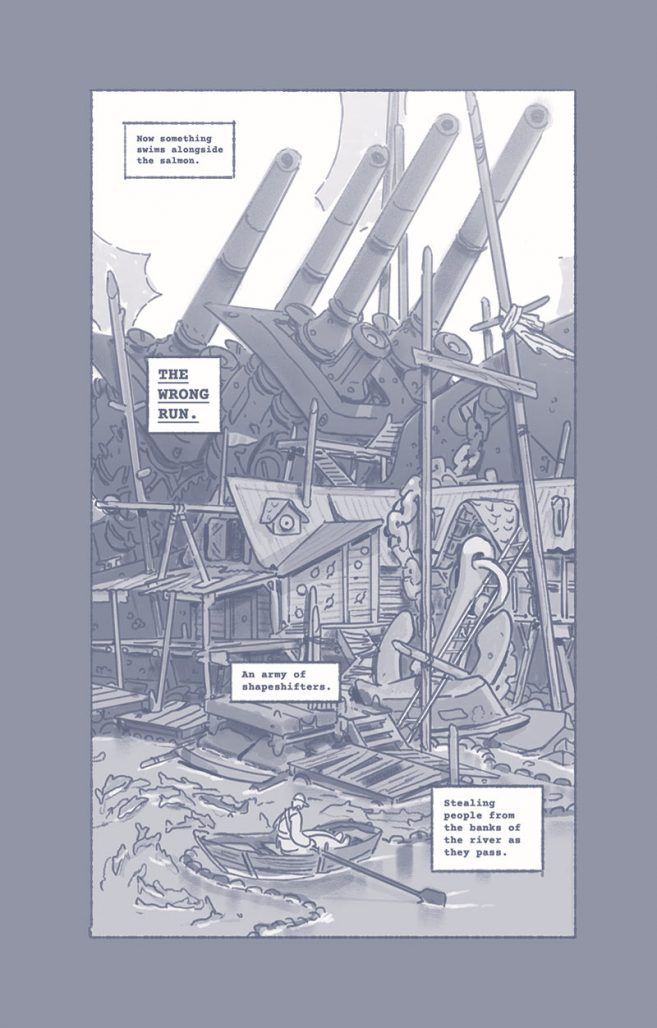
—
Gary, King of the Pick-up Artist, by Alexandre Simard & Luc Bossé (Pow Pow Press)
Yves, le roi de la cruise, is the first ever publication of Montreal-based Pow Pow Press. It came out in 2010 and is being released for the first time in English under a new title, Gary, King of the Pick-up Artists. It’s an honest look at miscommunication and the awkwardness of falling in love and trying to meet someone. We follow the story of Gary, a kind of bumbling nice guy who’s a bit clueless on how to show his feelings to the women he meets. Throughout the book, we see Gary looking for love awkwardly in all sorts of settings. Whether he’s at a club, at a restaurant or in line at a pharmacy, Gary either tries to strike a conversation, or fails to recognize openings that are provided to him. Some of it is based on Alexandre Simard’s personal experience, but it never feels self-indulgent. His experiences are always recontextualized through in his characters and played for laughs. It has a charming quirkiness that feels refreshing.
What struck me as the strongest attributes to this comic was its pacing, dialog and humour. Simard and Bossé allows the interaction between Gary and women he talks to become very awkward. We see him say something confusing and are left with a few panels to let that awkward silence really sink in. It’s a neat trick, and one they deploy often to various effects. It’s a perfect example of an author and illustrator collaborating and enhancing each other’s strength.
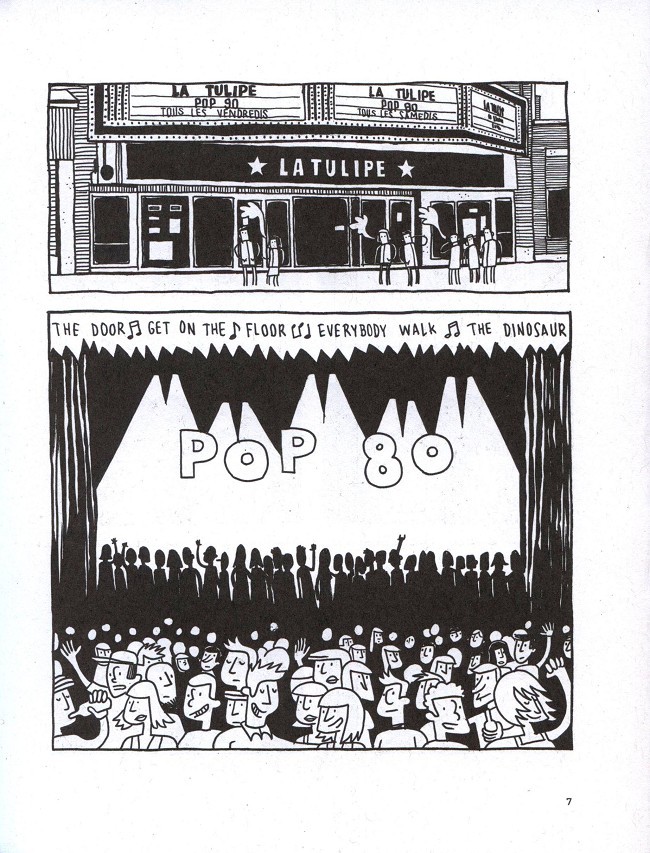
—
Almost Summer Book 1, by Sophie Bédard (Pow Pow Press)
Almost Summer Book 1 is the first in Sophie Bédard’s charming series following the life of a group of teenagers during the last two years of their high school. Charming and realism are the two main attributes of this comic. Realism in that it focuses on the life and complicated relationship between characters as they navigate high school, homework, sports, jobs and romance. The way her characters feel, act and talk to one another is very naturalistic. Bédard has a fantastic ear for dialog that shines through every time her characters talk to each other. She’s able to convey a huge range of emotions in her dialog as well as in her art. Her figures are expressive in every panel, making you understand their feelings and thoughts immediately. Whether it’s anguish, awkwardness, or frustration, Bédard’s figure are always suggestive and eloquent.
It really captures the life of teenagers developing their personality as they take the final steps towards adulthood, trying to carve out a life for themselves within the constraints of their daily obligations. Bédard paces her story really well. Sometimes, the story slows down to make us feel the dread of an annoying class, or a slow day at part-time job. There’s a real sense of time passing, and of the dullness that often permeates the life of teenagers. It’s a wonderful debut graphic novel that deserves to be read from start to finish. Almost Summer is a series of four graphic novels and the following volume should be translated by Pow Pow Press in the near future. It was my first time reading Bédard’s series and I will quickly catch up on the next three volumes as soon as possible. I’m looking forward to spending more time with those characters.
—
Long Cheveux Roux, by Meags Fitzgerald (Pow Pow Press)
Long Cheveux Roux is the French edition of Meags Fitzgerald’s previous book Long Red Hair published a few years ago by Conundrum Press. It is essentially the same book, there is no changes to the content, apart from the text obviously. The only changes are cosmetic, the size of the book has been reformatted to match Pow Pow Press house style which makes the book slightly wider but slightly less tall. The book also has French flaps. Otherwise the content is similar. This book, while being identical to the original does showcase something very interesting about Meags Fitzgerald’s commitment as an artist. She had originally hand-lettered the book and had to essentially re-letter the whole book for the French edition. This shows a determination to her audience that is extremely heartwarming. There are tons of fantastic graphic novel in Canada that are either published in French, or English, but not in both official languages. It’s frustrating as a bilingual reader to know that I can’t recommend some excellent graphic novels to others because some work isn’t available in both languages. It’s nice to see that Meags Fitzgerald was committed to ensuring her books are available in both language and did the labour to ensure the lettering remains intact so the reader can have a similar reading experience regardless of language.
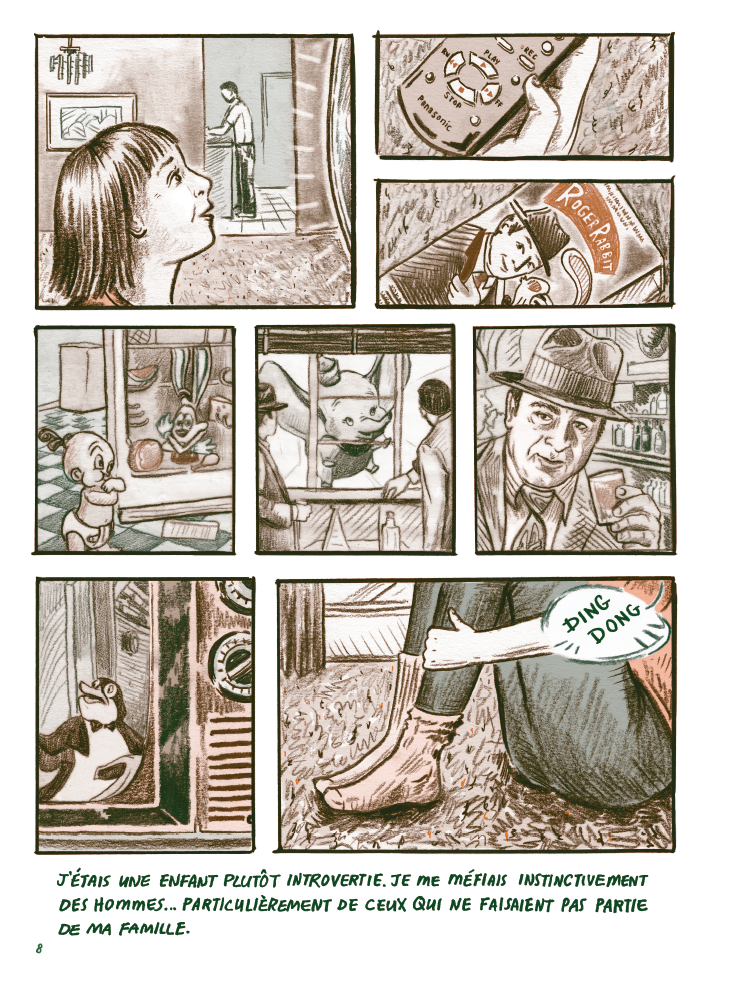
—
Titan, by François Vigneault (Pow Pow Press)
Pow Pow Press recently released the complete collection of François Vigneault’s sci-fi comic Titan in French. Originally published by Study Group Comics as a webcomic, Titan follows the story of MNGR João da Silva, as he is sent to Homestead Station on the moon of Titan to assess the issues with the station and gets caught in long simmering tensions between the genetically engineered workers and the small team of management. The conflict on the verge of erupting could have repercussions and disrupt the whole solar system. Caught between his management duty and the conflicts that are arising, he befriends Titan worker Phoebe who shares his goals to de-escalate tensions on the station, as well as a love of classical music.
The major change to Titan lies in the modifications of the colour scheme. Instead of a different colour for each chapter, this version harmonizes the colours to purple throughout the whole book. It gives the book a bit of a darker tone. For example, the fifth chapter is the blooming romance between João and Phoebe and the colour used is a bright red. It adds some romantic flair to the chapter and engaged me as a reader slightly more than the purple version did. It was a good and satisfying read regardless of the colour. It was great to see such a satisfying ending after following Titan as a webcomic for 5 years!
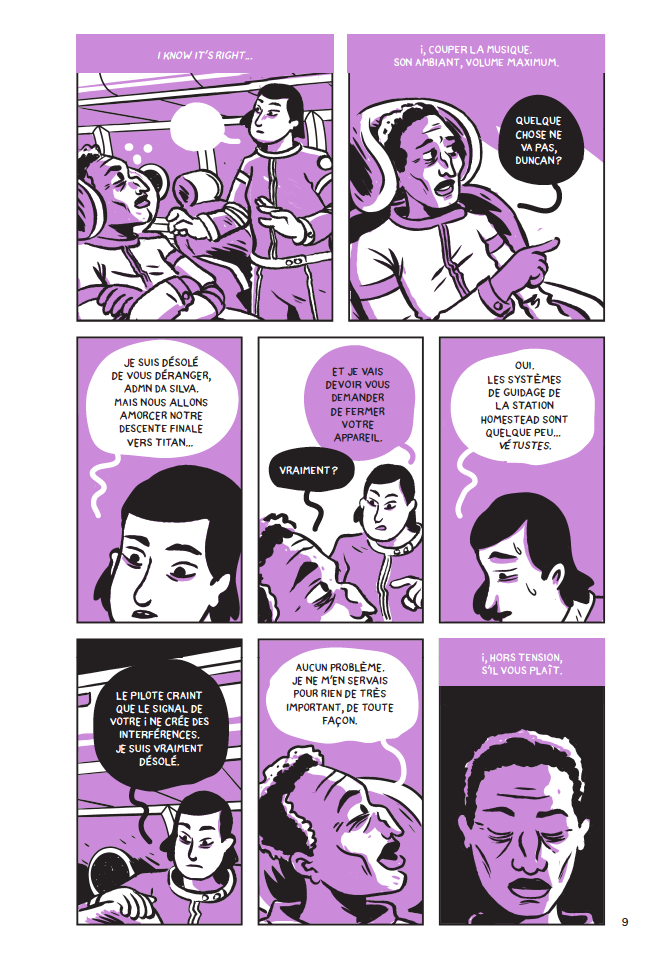


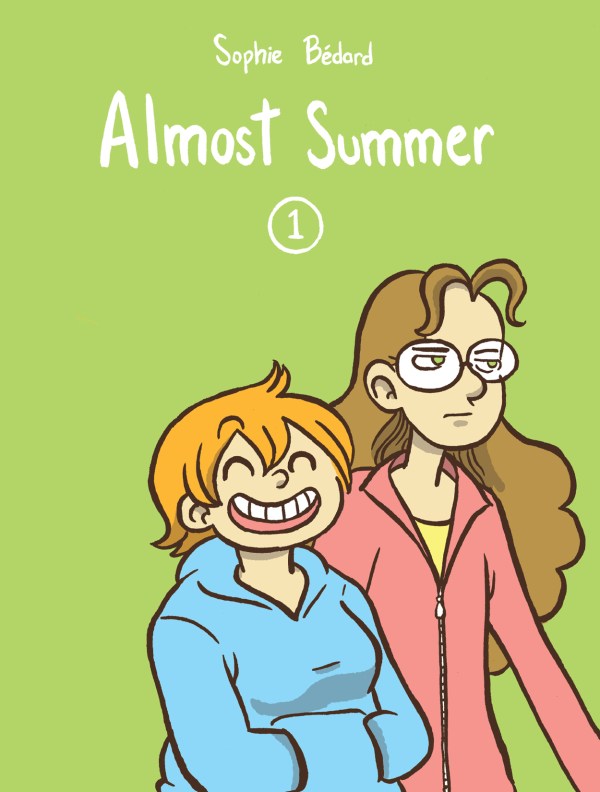
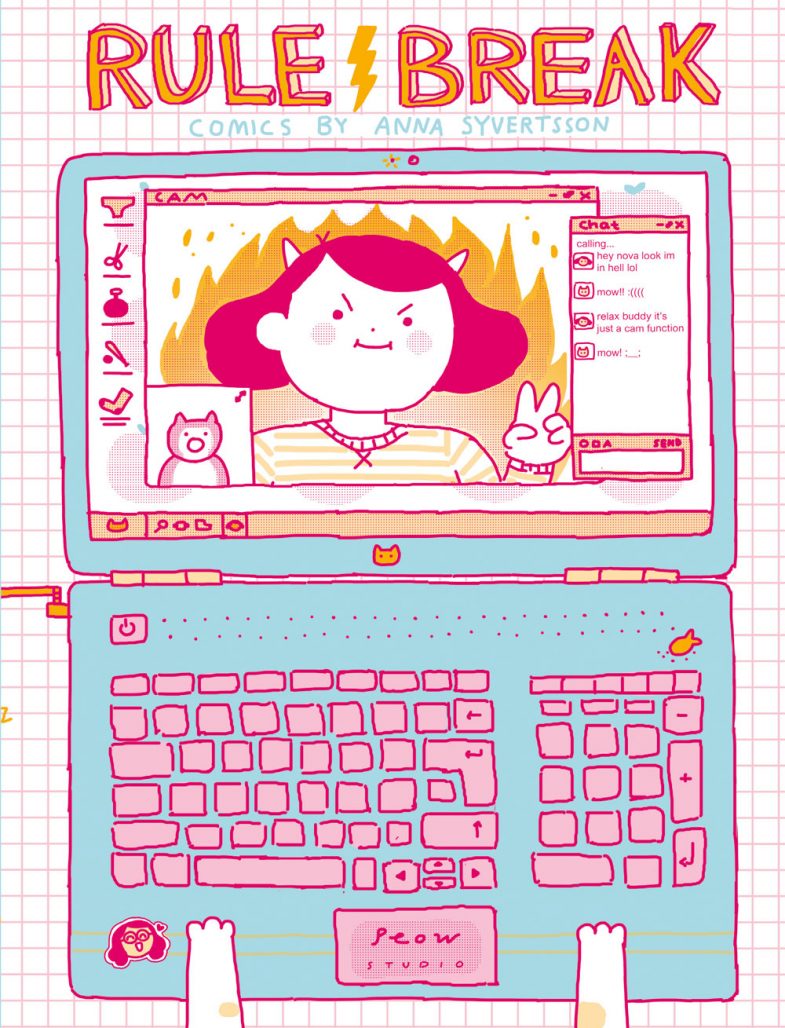
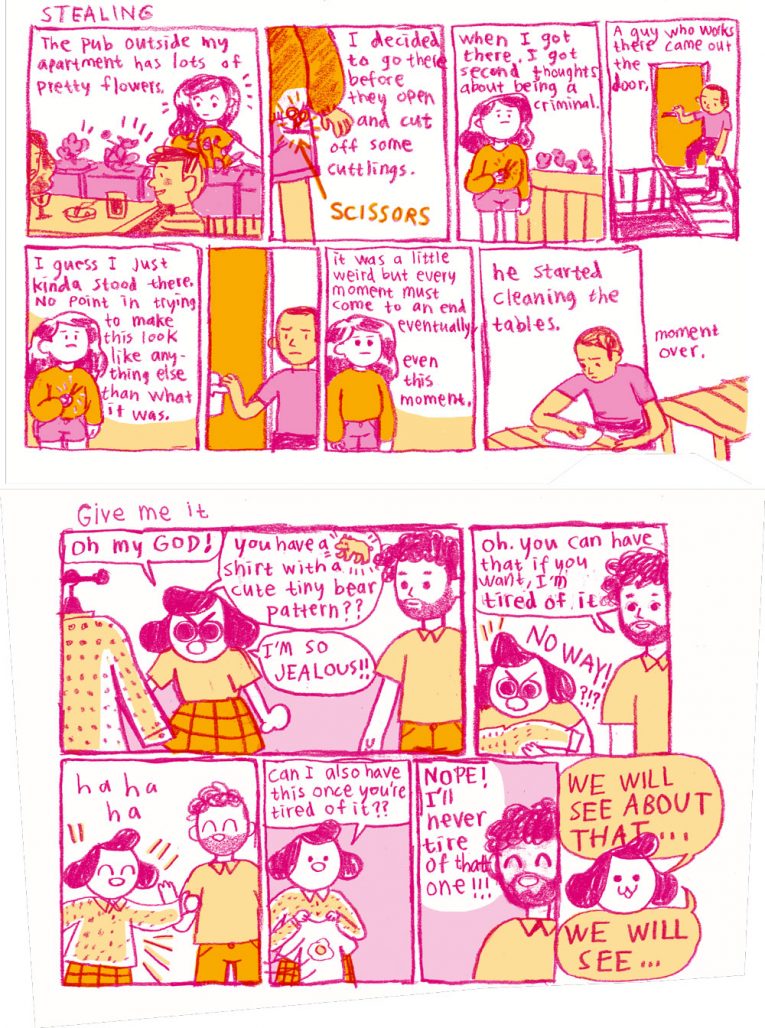
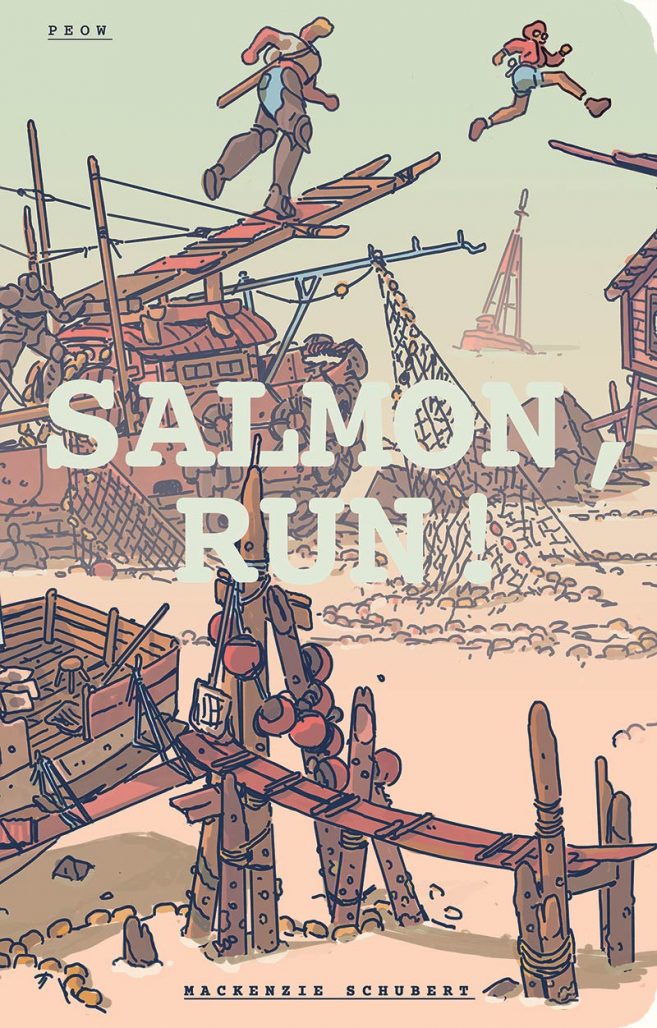
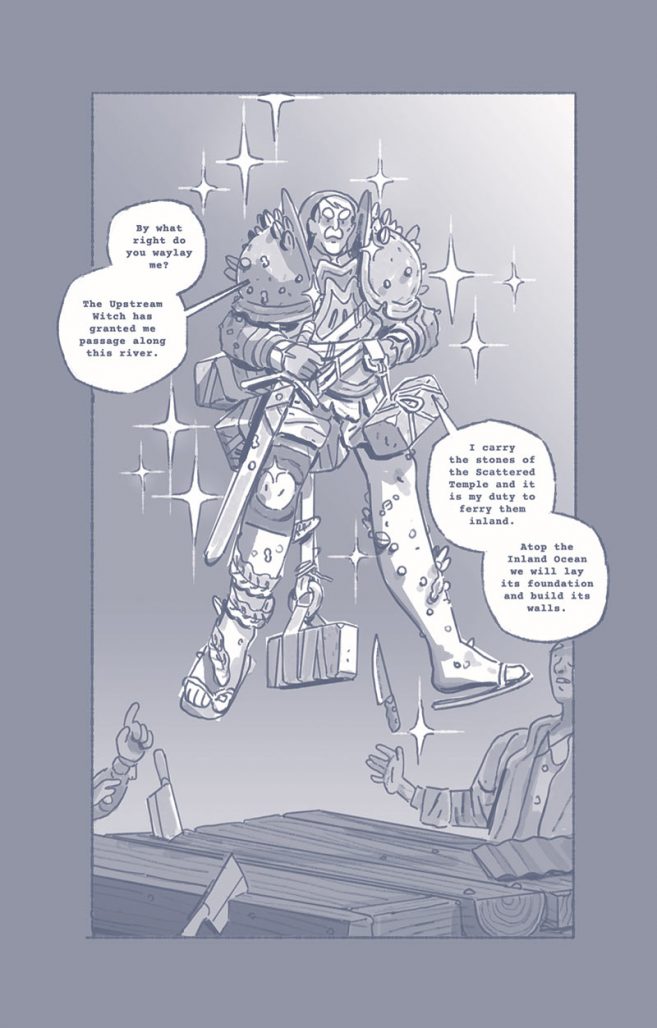
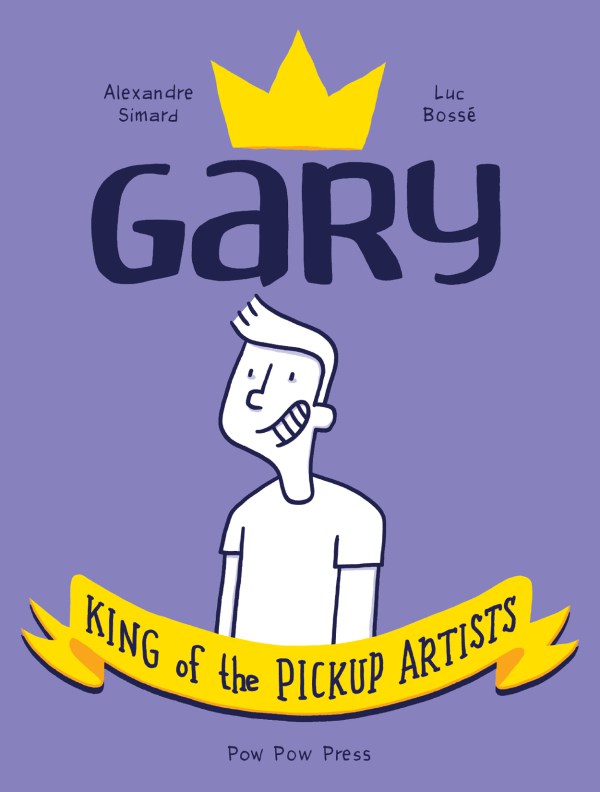
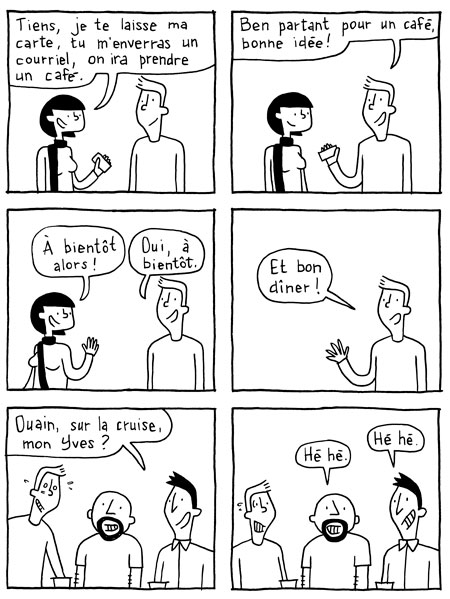

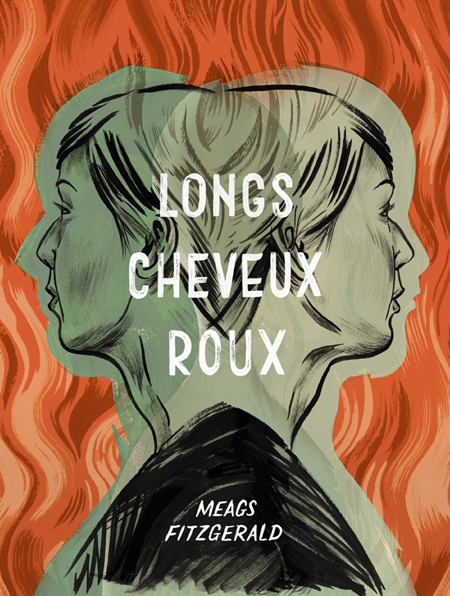
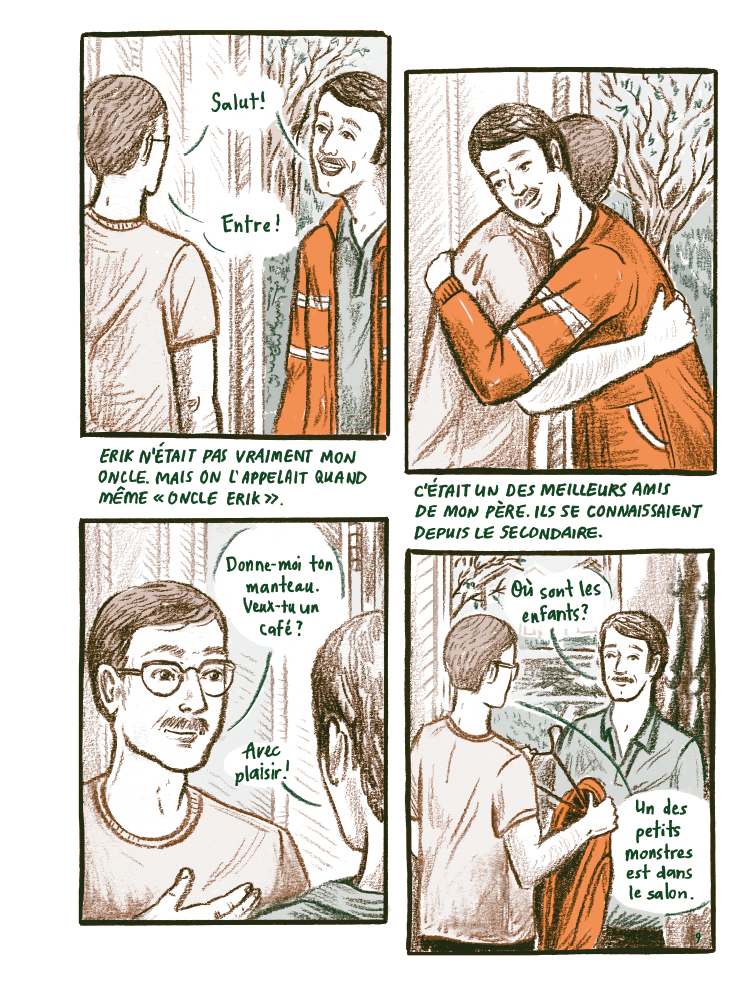
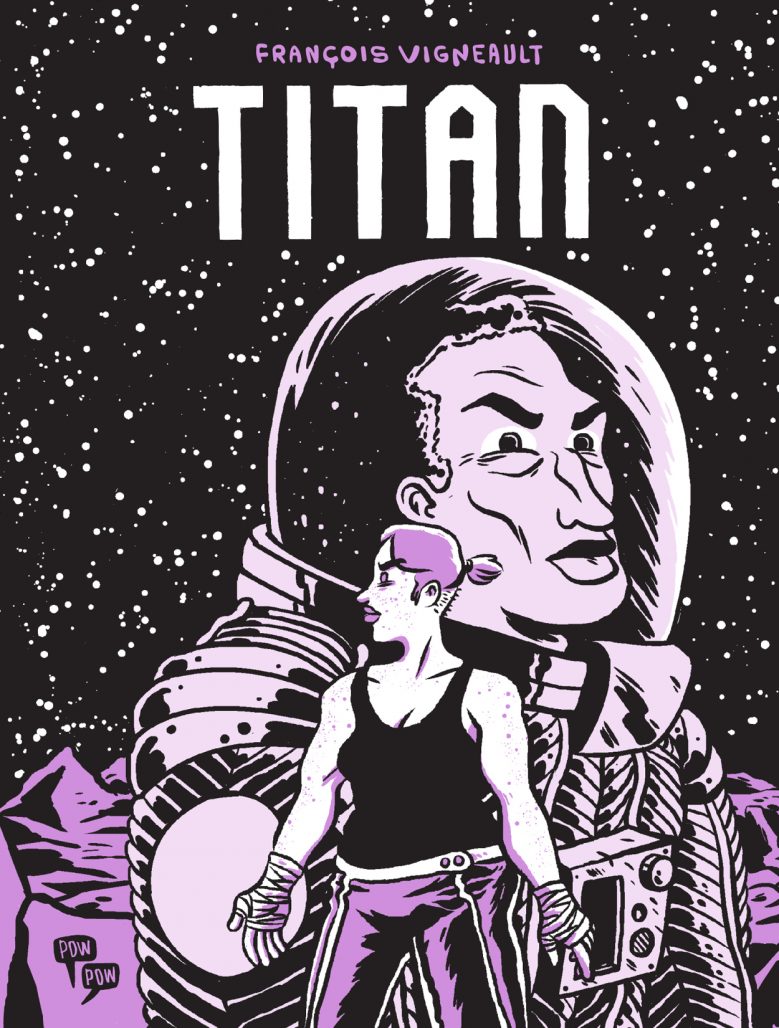
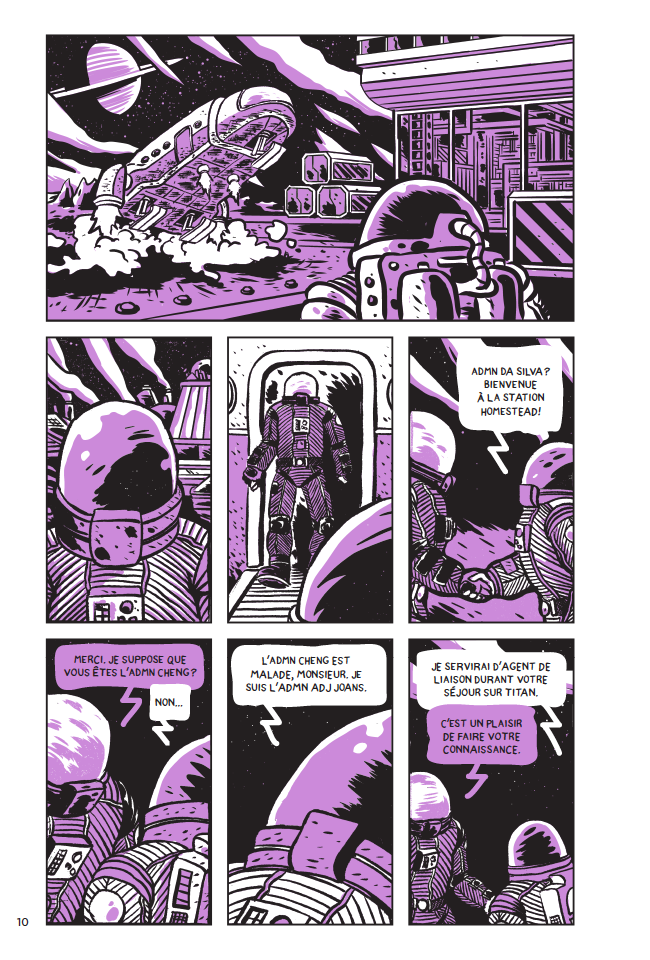
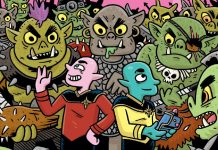
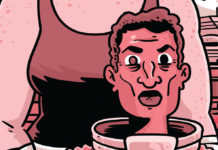
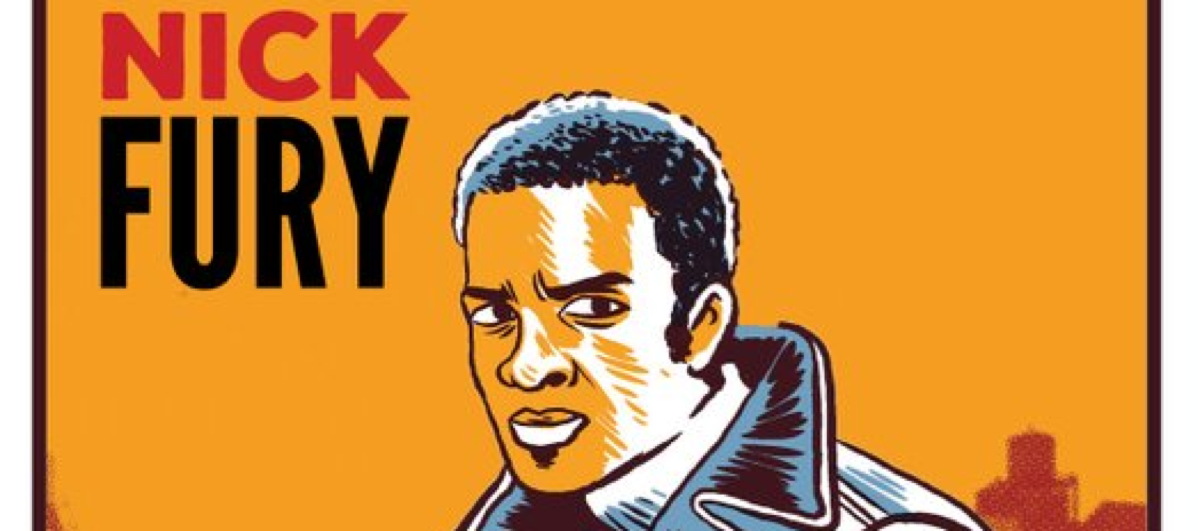


Wow, how diverse. These offerings are really expanding the horizons of comics. More comics aimed at socially awkward upper middle class white nerds.
There’s no such thing as a man with charming quirkiness. Quirkness is only attribute that is socially acceptable to upper class women who can quite literally afford to be a little different.
Gary King comes off as a effeminate man…which we need more representation of if we are to rid ourselves of oppression by the patriarchy.
…………….
Classical music, I must say, is problematic. It is music that was historically conjured by women-hating racists.
Comments are closed.